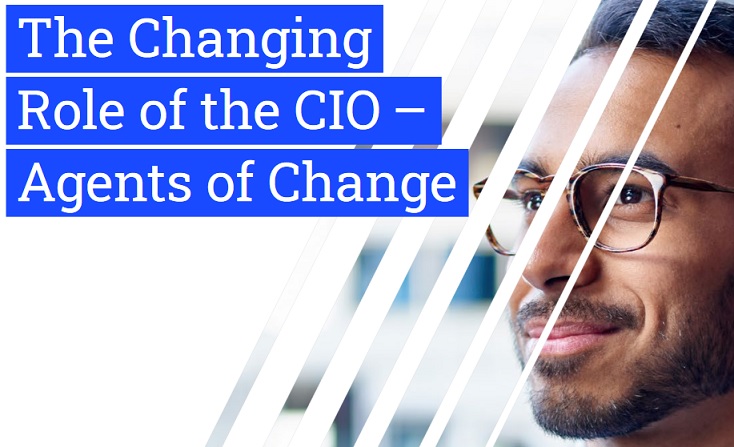The role of the CIO is evolving with an increased focus on unlocking customer connections through service innovation, according to the 2021 Global CIO Survey from Logicalis.

The study, which questions 1000 CIOs from around the world, reveals the shift in the role of the CIO with the majority of CIO respondents stating innovation, operational efficiency, and customer experience as their top priorities.
Over the last 12 months, there has been a notable shift in the defining aspects of the CIO role, with most respondents noting a significant increase in the time they now spend on innovation (79%), strategic planning (77%) and productivity (62%). This is a stark contrast to previous years, where the majority of CIOs reported a lack of time to spend on both innovation and strategic planning.
CIOs are now tasked with revolutionizing business infrastructures to tackle the modern world and increasingly digitally based interactions. Customers now expect to engage with businesses digitally as standard, and as a result companies need to innovate to redefine and elevate their customer interactions to stand out from the competition.
Over the last year, 73% of CIOs state the importance of customer experience has increased and this isn't slowing down any time soon.
Additionally, 4 in 5 (81%) respondents believe that their focus on redefining the customer experience will grow over the next 5 years.
CIOs should innovate to build agile and adaptable infrastructures which unearth hidden insights in the digital customer journey to empower closer customer connections. As IT leaders, they have the technical expertise to interpret customer engagement data and unearth hidden insights to improve the customer experience, optimize operations and achieve their business objectives.
Toby Alcock, CTO of Logicalis says: "Digital experience has become one of, if not the most, important way to reach, connect and communicate with customers in the new digital age. The ability to provide an optimal digital experience will determine the future of an organization. To deliver the digital experience, businesses should overhaul their infrastructure and leverage evolving technologies to interrogate the end-to-end digital customer journey. By being in closer proximity to customers, CIOs can ensure they can keep up with the needs and demands of the modern customer."


